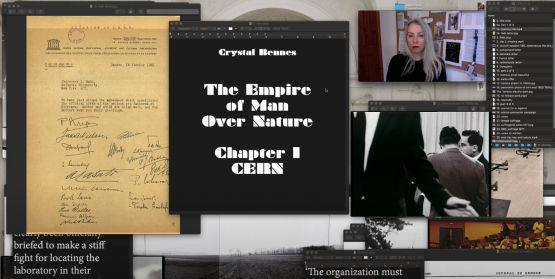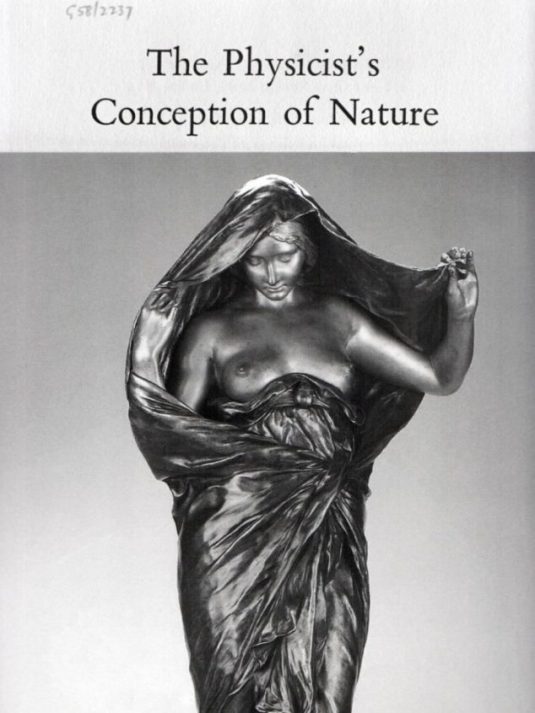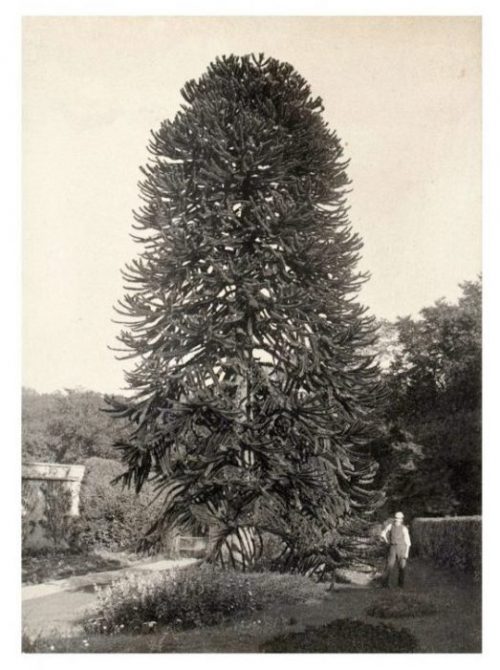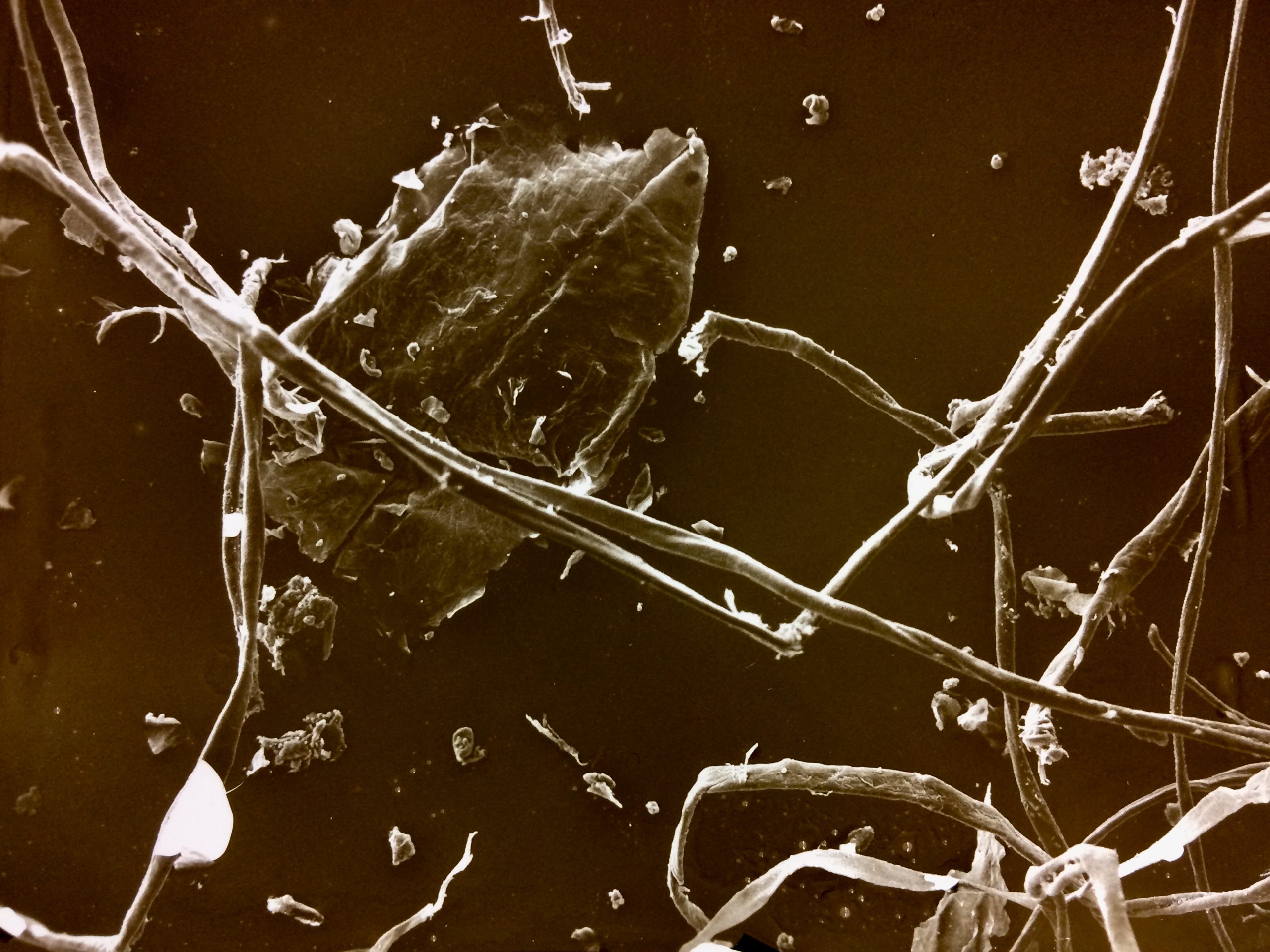Out of some 900 entries, I (along with fourteen others) was short-listed for the first ever Wellcome Trust Science Writing Prize. Not only did I not win, but my essay generated a veritable tornado of negative comments on the interwebs. Given, however, that most of the comments seemed to suggest that I was a Puritanical tyrant who was out to ban the world’s democratic right to consume pornography, I exercised my equally democratic right to not reply to said critics.
—–
If you want to experience the power of neuroplastic change, I suggest you develop a porn habit.
Though still a relatively new theory on the neuroscience block, neuroplasticity – the notion that our adult brains can be cortically rewired through experience and environment – has begun to trickle down into public consciousness in the past few years thanks to accounts by people like psychiatrist Norman Doidge and neuroscientist V.S. Ramachandran.
Perhaps surprisingly, pornography provides a useful demonstration of the principles of neuroplasticity in practice. Pornography appears, at first glance, to be a purely instinctual matter. Not so, suggests Doidge in The Brain That Changes Itself, for if the buxom babes and well-endowed studs triggered responses that were supposedly the product of millions of years of evolution, we might assume that pornography would have remained unchanged over the years. As Doidge puts it, “we might expect the same triggers, body parts and proportions that appealed to the first consumers of porn would still excite us today”.
Anyone with an internet connection can see that this simply isn’t true. Pornography is a dynamic phenomenon that perfectly illustrates the progress of acquired tastes. Forty years ago “hardcore” porn typically meant the explicit depiction of sex between two or more partners, while “soft-core” porn tended to depict topless or nude women. Now, hardcore has evolved and its subsections have increased tenfold: BDSM, orgies, violence and humiliation, anal sex – you name it, pretty much anything goes. Today, soft-core porn resembles the hardcore images from only a few decades ago and half-naked images of women are unassailably commonplace, bombarding us from every mainstream media outlet conceivable.
This wider cultural trend hints at the more particular effects on the brain maps of individual consumers. As with other facets of human sexuality and romance, the key issue is tolerance. At a cultural and individual level we’re like drug addicts who can no longer get high on the images that once turned us on. And, as Marina Robinson observes in The Great Porn Experiment, the risk is that this tolerance can and will carry over into relationships, leading to potency problems and new, at times unwelcome, tastes.
Pornography is more exciting than satisfying because we have two separate pleasure systems in our brains: one that excites pleasure and one that satisfies pleasure. The exciting system relates to what’s referred to as the “appetitive pleasure”, or pleasure we get imagining things we desire – sex or good food. This chemistry is largely dopamine-related and raises our tension level. The second pleasure system has to do with satisfying this appetitive pleasure – when you actually get the sex or the food. Its neurochemistry is based on the release of endorphins, which chill you out and contribute to a calming, fulfilling sense of pleasure.
It’s worth mentioning briefly that porn works not because the images excite us and cause us to think about sex, but because the images arouse us and cause our brains to think we’re actually having sex.
By offering your brain an endless stream of sexual objects for excitement, porn hyperactivates the appetitive system. Regular viewers develop new brain maps based on the photos they see and the videos they watch. According to neuroplasticity we have a “use it or lose it” brain, so when we develop a new map area we long to keep it activated. Just as our muscles become impatient for exercise if we’ve been sitting all day, so too do our senses hunger to be stimulated.
Activation of these brain reward systems is a normal, healthy component of human behavior – they direct us toward the things that keep us alive and promote our survival (food and water) or the survival of the species (sex). But as Robinson points out, the brains of porn users are “tricked into thinking that the consumption of so much porn is really valuable because it’s causing a mammoth release of exciting neurochemicals”. The brain has been rewired, however temporarily, to neglect formerly potent rewards (delicious food or sex) in favour of something else – in this case, porn.
But here’s the interesting twist. As an addictive substance, porn hijacks our dopamine system and gives us pleasure without our having to work for it. Some might say that’s not such a bad thing. But because porn meets all the conditions for neuroplastic change – repeated use, intense concentration and a reward system – regular users build up a tolerance, a tolerance that translates into changes in the brain.
Yet, unbelievably, we take the effects of this repetition for granted. Our activities significantly alter our brains and thus our brains have the ability to significantly alter our actions. We are creatures who absorb the environment around us, who suck up stimuli like a paper towel.
In a society that constantly likes to remind itself of its sexual liberation, where orgasms and masturbation are considered as important to physical health as exercise and eating well, porn is tolerated as an aide-de-amour-propre. The results of the great porn experiment remain to be seen but the shift in acquired sexual tastes at the cultural level, as indicated by porn consumption, is a fascinating indicator of plastic change in brains ever on the hunt for novelty.









